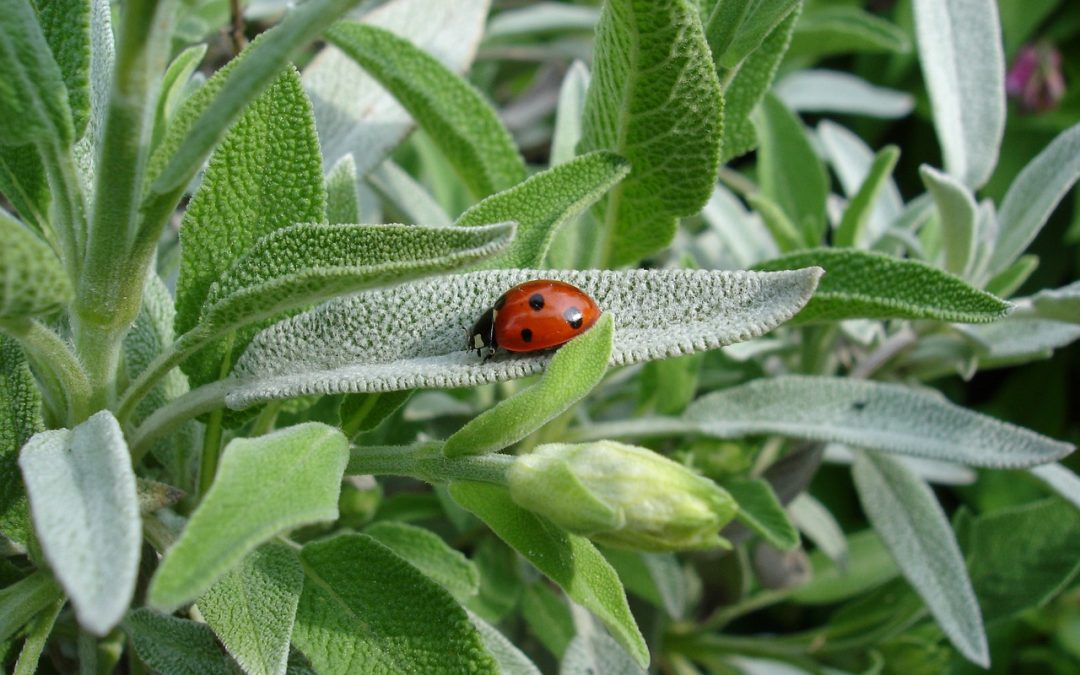Last week, I wrote about planning with excitement for lots of little projects I wanted to undertake in my garden this autumn, my ‘tinkering season’ – a process that I look forward to every year.
One of those little projects involves re-designing an ornamental herb bed that has become very congested with wild marjoram and sage, crowding out some of my other herbs, such as hyssop, rosemary, garlic chives, lemon balm and regular chives. (I created this bed nearly 10 years ago, largely for pollinators, though we do use some of the herbs in our family cooking).
As such, I want to remove a large section of the sage and marjoram, moving around the remaining clumps, and overall, re-jigging the bed’s aesthetic, making space for some colourful annuals that I’d like to grow amongst the herbs next year, including more zinnias and dwarf sunflowers. This large bed gets full sun, is very free-draining and is full of bees all growing season.
However, I noticed during this glorious spell of sunny and warm autumn weather in North Herefordshire over the past few days, that many ladybirds (or ladybugs as we say in America!) are using the sage in particular as a shelter (likely for the cold nights we now have upon us). As much as I was looking forward to changing the planting for this bed, I do not have the heart to rip out or move anything now, as I’d much rather ensure that our sweet and very helpful wee ladybirds have a safe space (‘Sage Space’!) to hibernate in over winter.
So with that, my herb garden project goes on hold (until spring once they’ve woken from their winter slumber)…and I do this with a happy heart!
A few tips for creating shelter for your garden insects over winter:
- Leave as much plant material as you can to die back naturally over autumn and winter, as you will provide an abundance of habitat for overwintering insects and other animals throughout the garden. There’s no rush to cut spent plants back, as you can wait until spring to do this without any harm to your plants (once you notice them starting into re-growth from winter dormancy, then it’s a good idea to cut away the dead material from the previous year).
- I love to leave the seedheads on plants as much as possible, as not only do they provide food for birds over winter, but you also will gain plants for free next year (and you can always edit those seedlings that you don’t need next spring). Nigella, foxgloves, hollyhocks, sunflowers, honeywort, gilia, verbena, morning glories, poppies etc. all re-appear in my garden every year. But – if you feel that you have to remove spent flowerheads before they set seed, definitely retain the stems (as often insects will hibernate inside them for protection over winter) and the foliage (to provide cover for a plethora of life). Hollow stems also allow a safe space for insect eggs and larvae.
- Allow places for piles of leaves to remain as an overwintering insect refuge, as well as put leaves on beds and borders to act as a mulch.
I’ll return to this topic later in the autumn, as there are so many fun ways to keep your garden wildlife happy and safe over winter (and it’s a very rewarding experience to do so, as well).
